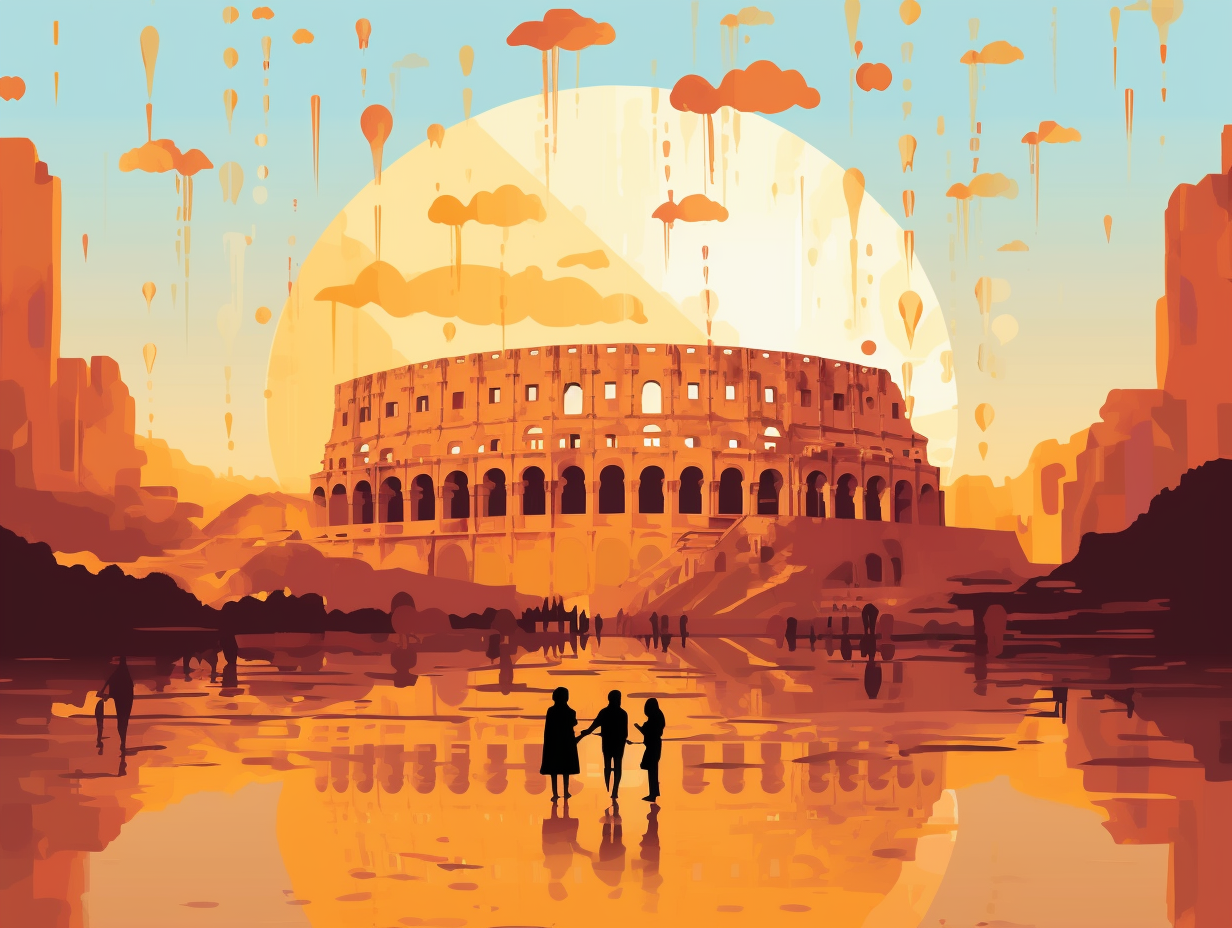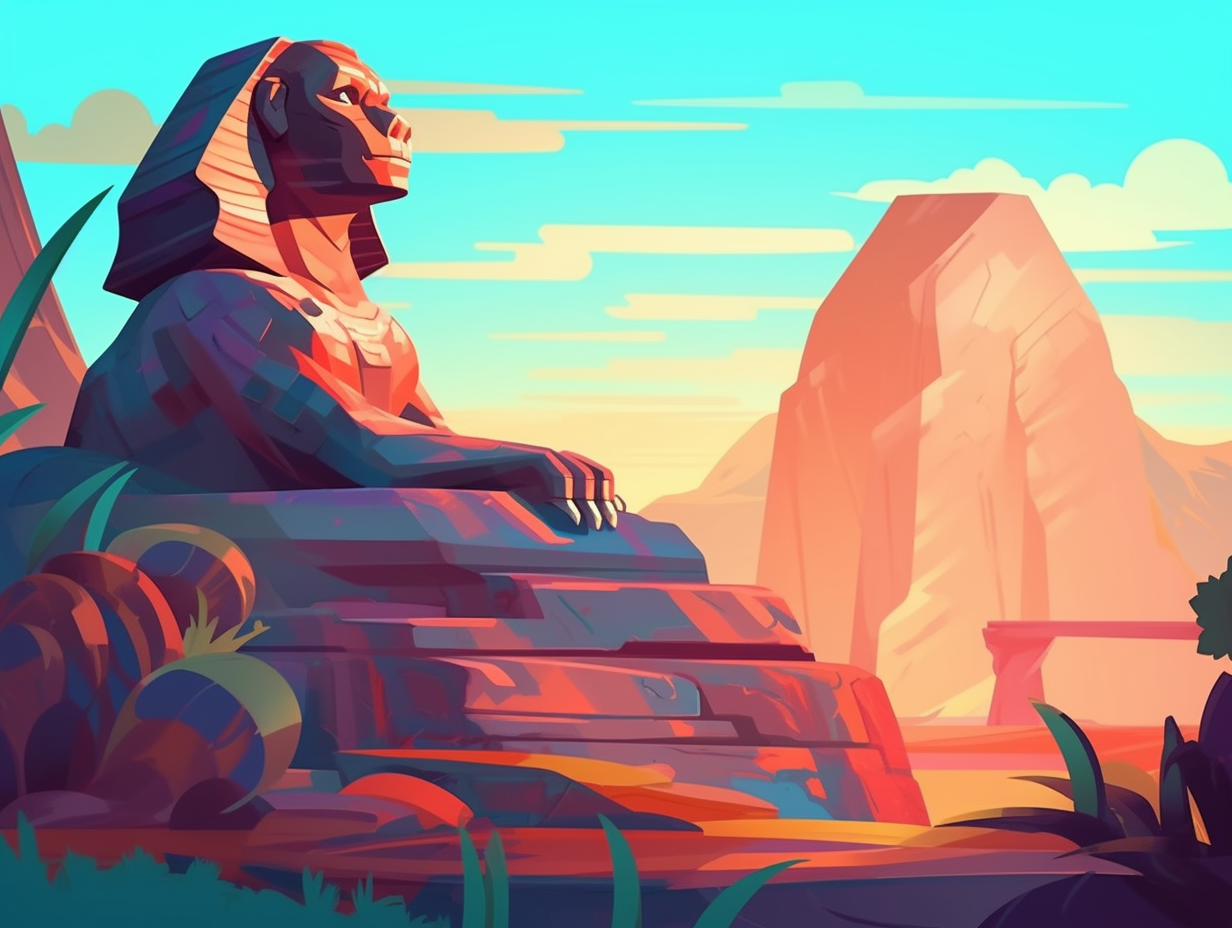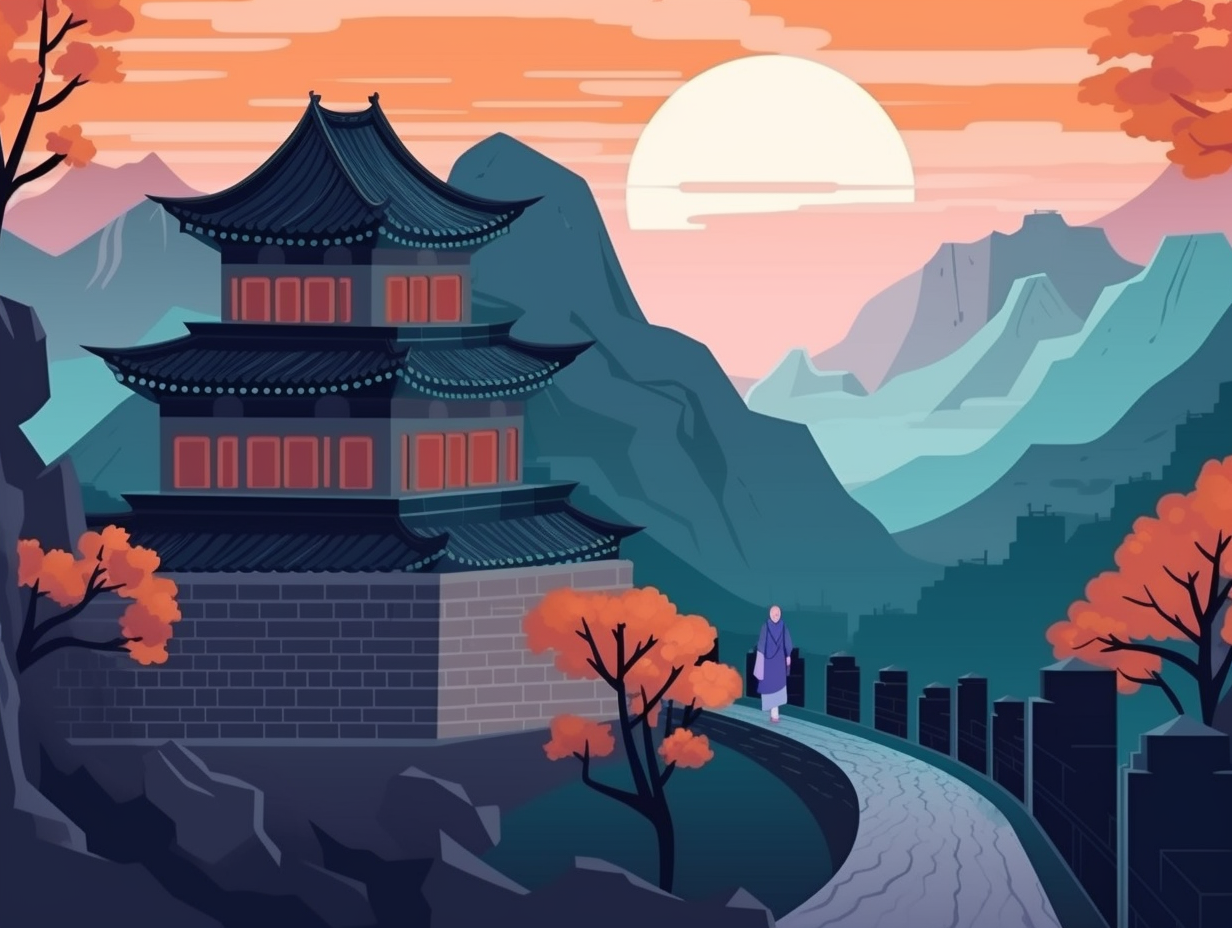Discover the Top 12 Amazing Fun Facts about the Mausoleum at Halicarnassus: The Ancient Wonder You Never Knew!
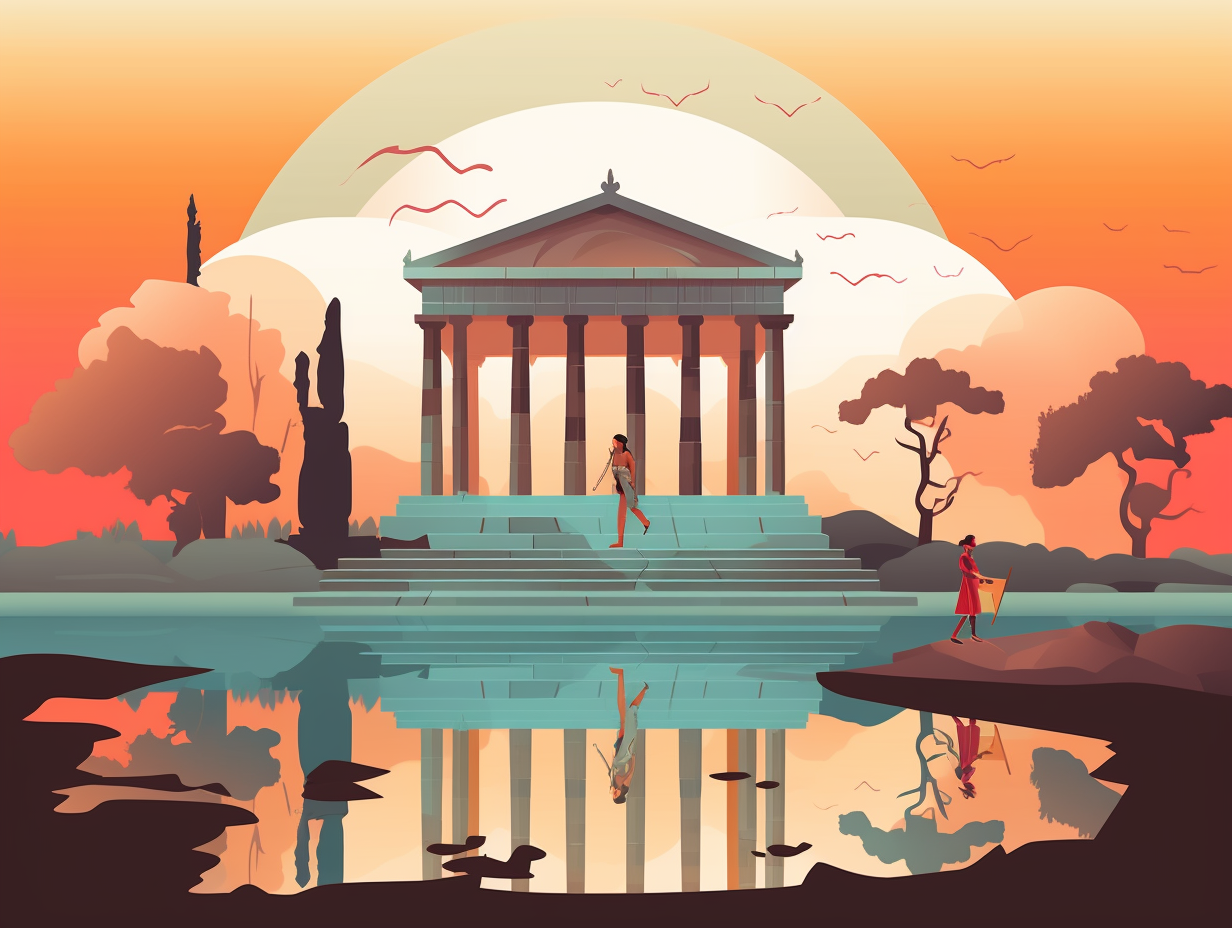
1. Four Sculptors, One Wonder
In a true display of "four heads are better than one," the Mausoleum at Halicarnassus was a jaw-dropping work of art that brought the house down (literally!): Boasting more than 400 freestanding sculptures, crafted by four notable Greek sculptors (Leochares, Bryaxis, Scopas of Paros, and Timotheus), this magnificent mausoleum earned itself a spot as one of the Seven Wonders of the Ancient World. While it went from "break a leg" to breaking apart due to earthquakes between the 12th and 15th centuries, the artistic prowess showcased in these awe-inspiring battle scenes lives on as a timeless testament to the ancient Greeks' mad skills.
Source => en.wikipedia.org
2. Self-Planned Tomb Extraordinaire
In a classic case of "I'll build my own tomb, thank you very much," Mausolus started planning his own resting place before giving his wife and sister Artemisia II the chance to say 'Till death do us part': The Mausoleum at Halicarnassus, one of the Seven Wonders of the Ancient World, was actually a passion project of Mausolus, with the baton passing to Artemisia after his demise. This 45-meter tall tomb had its artistic balls in the court of top-notch sculptors like Scopas and Leochares, proudly standing as an epitome of intricate craftsmanship until earthquakes put an end to its glory between the 12th and 15th century.
Source => en.wikipedia.org

Discover the solitary king's paradise hidden in the German Alps: Neuschwanstein Castle, an enchanting 65,000 sq ft wonder inspired by art, poetry, and literature that captivated Walt Disney and attracts millions of tourists each year! 🏰✨
=> Fun Facts about Neuschwanstein-Castle
3. Grave Misfortune
Talk about a "grave" situation: mausoleums just can't catch a break! The Mausoleum at Halicarnassus, the OG tomb that lent its name to all others, once housed the remains of King Mausolus, and was an architectural masterpiece that graced the list of the Seven Wonders of the Ancient World. Alas, earthquakes and medieval castle construction plans had other ideas, relegating this once magnificent structure to the annals of history.
Source => en.wikipedia.org
4. Ancient Jenga with Stones
When ancient architects decided to play Jenga with really big stones: The Mausoleum at Halicarnassus was built to be a whopping 43 meters (140 feet) tall, making it a colossal creation by Greek architects Satyros and Pythius of Priene. Ironically, it only got completed after Mausolus and his wife Artemisia kicked the bucket, but it held its spot firmly as one of the Seven Wonders of the Ancient World, despite rocking a few earthquakes from the 12th to the 15th centuries.
Source => getty.edu
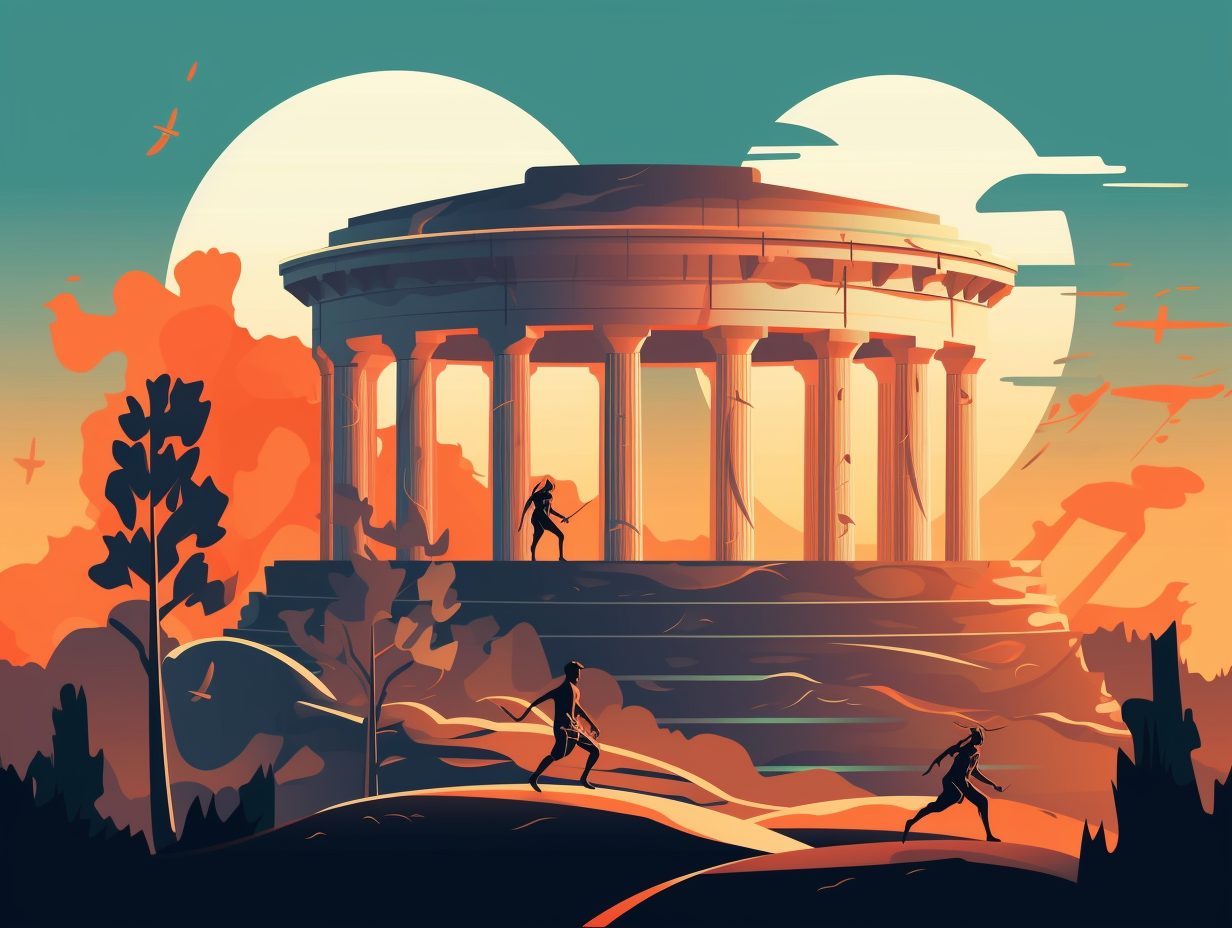
5. Marble WWE Smackdown
Picture this – centaurs and Greek warriors duking it out with mythical Amazonians, wrapping the borders of an ancient building like a marble WWE smackdown caught in freeze-frame! Who would've thought architectural warfare could be so epic? But here's the truth bomb: The Mausoleum of Halicarnassus was gloriously accented with intricate bas-relief friezes, displaying audacious battles of centaurs versus lapiths and Greeks scrapping with Amazons, as a testament to the Greek culture's impact on the monument's decorative prowess.
Source => wonders-of-the-world.net
6. Sculptors' Epic Showdown
Sculptors Gone Wild: Ancient Greek Edition! Behold the Mausoleum at Halicarnassus, where Leochares, Bryaxis, Scopas of Paros, and Timotheus came together to play the most epic game of “Whose Sculpture is it Anyway?”: With over 400 freestanding sculptures and each of its four sides laced with intricate sculptural reliefs, this artist showdown led to one of the Seven Wonders of the Ancient World, beautifully depicting epic battles like centaurs vs. lapiths and Greeks going head-to-head with Amazons.
Source => en.wikipedia.org
7. Earthquakes: The Ultimate Party Poopers
The Mausoleum at Halicarnassus: when life gives you earthquakes, make ruins! This ancient world wonder said "toga party's over" sometime between the 12th and 15th centuries: what remains now are its foundation and a few broken sculptures, lounging atop a hill in Bodrum, Turkey, enticing history-obsessed tourists.
Source => en.wikipedia.org
8. Divide and Conquer: Sculptor Edition
You think modern-day team-building activities are wild? Try splitting the task of designing an ancient wonder among five skilled sculptors: The Mausoleum at Halicarnassus was divinely divided, with Bryaxis working on the north side, Scopas on the east, Timotheus on the south, Leochares on the west, and Pythias sculpting the chariot on top while adding vibrant colors and mythical scenes for some ancient artistic flair.
Source => thoughtco.com
9. When Extravagance Meets Marble
If you thought your last home renovation was extravagant, just wait till you hear about the Mausoleum at Halicarnassus: This ancient wonder didn't actually boast 440 tons of white marble, but its Parian marble sculptures and architecture were of such jaw-dropping quality, it catapulted the monument to worldwide fame and a hefty price tag!
Source => perseus.tufts.edu
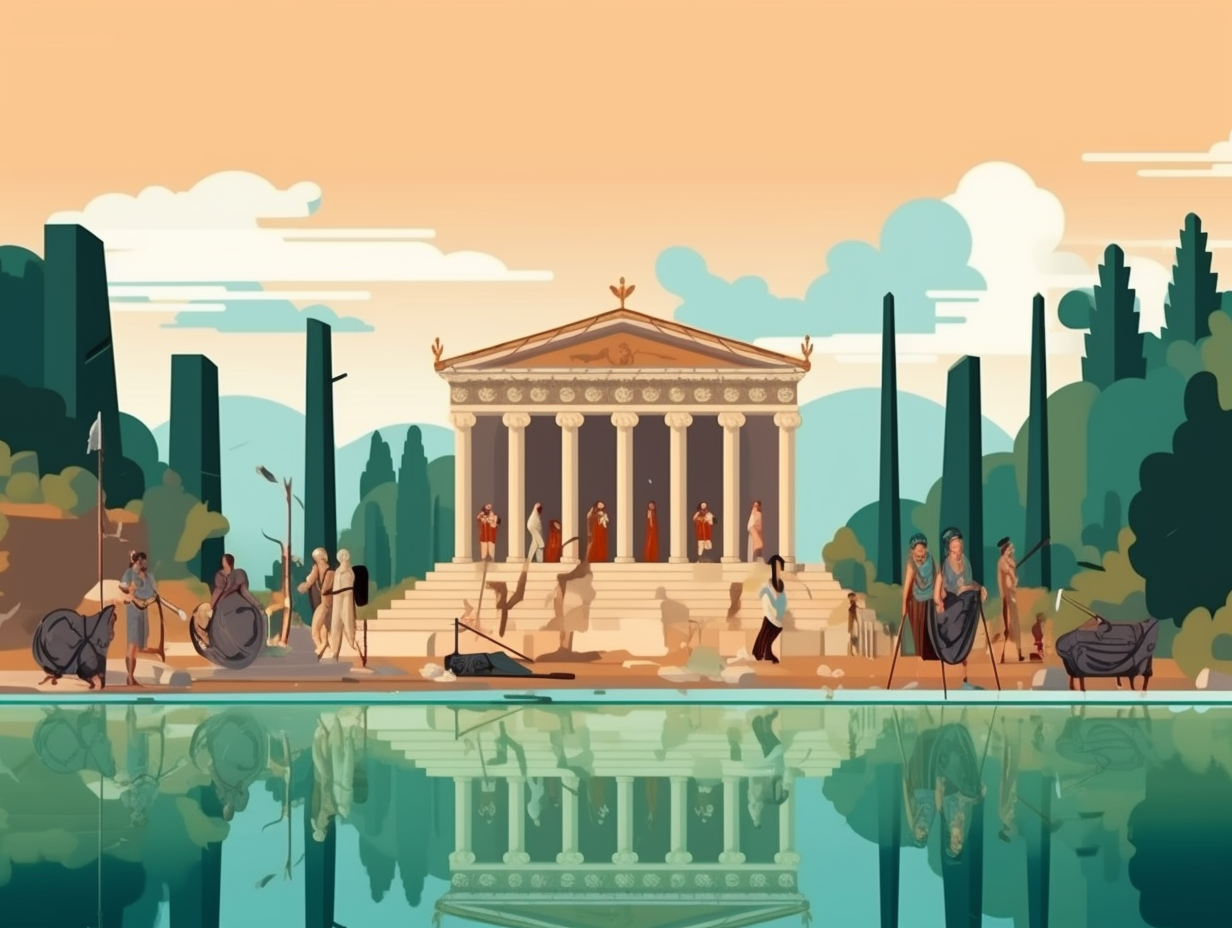
10. House Party for the Dead
Did you hear about the ancient king who built a tomb so grand it was basically a house party for the dead with an afterlife guest list to die for? No? Well, buckle up for a wild ride: The Mausoleum at Halicarnassus was a luxurious final resting place for Mausolus and Artemisia II, featuring an enclosed courtyard, stone warriors on horseback, a marble tomb with action-packed bas-reliefs, thirty-six slim columns with statues in between, a pyramidal roof, and even a quadriga on top, all made to flaunt their wealth and power – talk about going out in style!
Source => en.wikipedia.org
11. Vintage Rubble Inspires Taj Mahal
Talk about a fixer-upper: The Mausoleum at Halicarnassus, built for king Mausolus and his queen Artemisia II, was once a marble marvel in 350 BC, but earthquakes reduced it to a pile of vintage rubble by the 15th century, which still manages to inspire architects and the iconic Taj Mahal.
Source => en.wikipedia.org
12. Tomb-ymoon Destination
It's as if the ancient Greeks thought one day we'd all move our loved ones á la "Storage Wars": the Mausoleum at Halicarnassus is so monumental, it could give new meaning to tomb-ymoon! But seriously: this behemoth of a burial site stands as a masterpiece of classical architecture, blending Greek and Persian styles in a way that inspired future tombs and mausoleums, and securing its legacy in the annals of art history.
Source => en.wikipedia.org
Related Fun Facts



